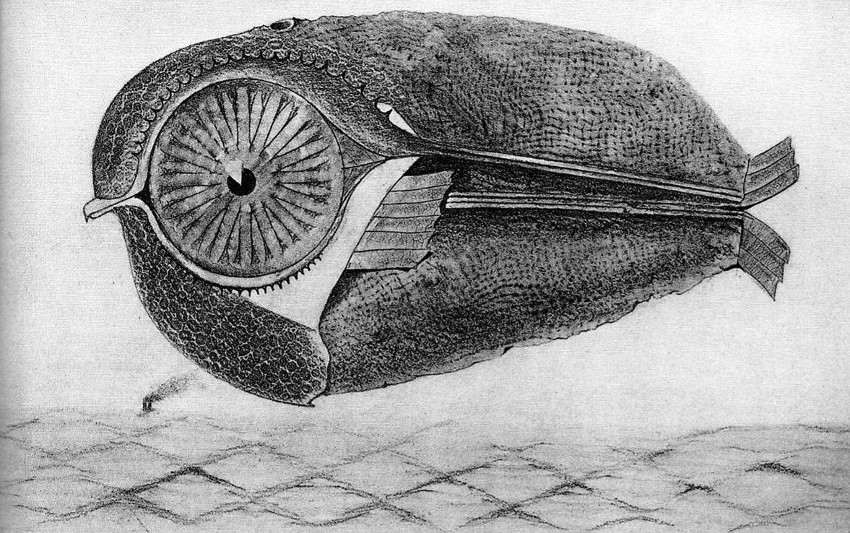Research Class Wk1
Researching Automatic Drawing
For me automatic drawing is about doodling, the sub conscious, art therapy, relaxing and one's imagination.
Something I would like to research for the theory of this project is Freud's theory on the sub conscious mind he called id.
Yesterday I happened to watch a youtube video on automatic drawing titled: Meditation for artists - The Automatic Drawing Technique Published by Proko on Dec 16, 2018. Today when watcing it I recorded some notes:
- The artist's name was Tim Gula.
- To describe the term automatic drawing is for him letting out a "highly imaginative, spontaneous expression".
- He was drawing the stuff that you would see under a microscope.
- There was nothing figurative in it.
- You shouldn't care what it looks like.
- "Let go!"
- It is a childlike experience and it helps keep your art fresh.
- It will help you keep finding enjoyment it creating art.
- It is a drawing exercise.
- It will help your mind relax.
- Moebius ~ "when your mind is relaxed it is the most creative".
- He held a thinly and well sharpened graphite stick from above so he could shade using the side of it and make fluid marks.
- One artist he knew did these drawing exercises using pen & ink & watercolour.
I would like to try using these materials and also play around with a japanese calligraphy brush. I recall seeing some examples of this in the video.
Other youtube videos I watched on automatic drawing were:
Automatic drawing - 3 Tries, 3 different Results Published by Nonorama on Jan 1, 2019
The lady in this video was recording her efforts on attempting to do automatic drawing after watching the youtube Proko tutorial. One tip she gave was to stand up while drawing to become looser and therfore less preoccupied with detail. She discovered after her second attempt a new way of mark making which inspired her to make a more finished looking drawing which took her a couple of hours. Very cool!
Also automatic drawing Published by Mathew Winkler on March 19, 2015
He talked about the history of this trchnique which comes from the surrealist artists in the 1920's and 30's in Europe.
Some examples he gave were:
- Andre Masson's: Automatic Drawing, 1924 The artist may have closed his eyes while scribbling or walked around. Afterwards he added forms, adding eyes and hands.

Automatic Drawing
André Masson
(French, 1896–1987)
(French, 1896–1987)
1924. Ink on paper, 9 1/4 x 8 1/8" (23.5 x 20.6 cm)
https://www.moma.org/learn/moma_learning/andre-masson-automatic-drawing/
A quote from the link below ~ "Freud and other psychoanalysts used a variety of techniques to bring to the surface the subconscious thoughts of their patients. The Surrealists borrowed many of the same techniques to stimulate their writing and art, with the belief that the creativity that came from deep within a person’s subconscious could be more powerful and authentic than any product of conscious thought."
- Max Ernst: Untitled Rubbing, 1926 For this type of drawing one can use the road, stones or leaves as a staring point to making a creature!

Is this untitled rubbing a loplop character?
Loplop Artworks
Some of the most common symbols in the painter’s oeuvre are forests and doves as well as a fantasy birdlike creature called Loplop. It appears in collages of Ernst’s work, such as Loplop presents André Breton, and it is also used as a form of narration and self-commentary like in Ernst’s books of collages La Femme 100 têtes and Une Semaine de bonté, both produced between 1929 and 1939.
https://www.widewalls.ch/artist/max-ernst/
https://www.widewalls.ch/artist/max-ernst/
- Joan Miro Harlequin's Carnival 1924, this painting started out as doodles and then it was worked up into more recognisable forms.

Matthew Winkler the youtuber must be a teacher as at the end of the video he set an experimental task for his students:
- Spill ink on a piece of paper.
- Make a scribble on a iece of paper.
- Rubbings.
Add to each of these marks for an extra 20-30mins to hopefully discover something unexpected!

Comments
Post a Comment